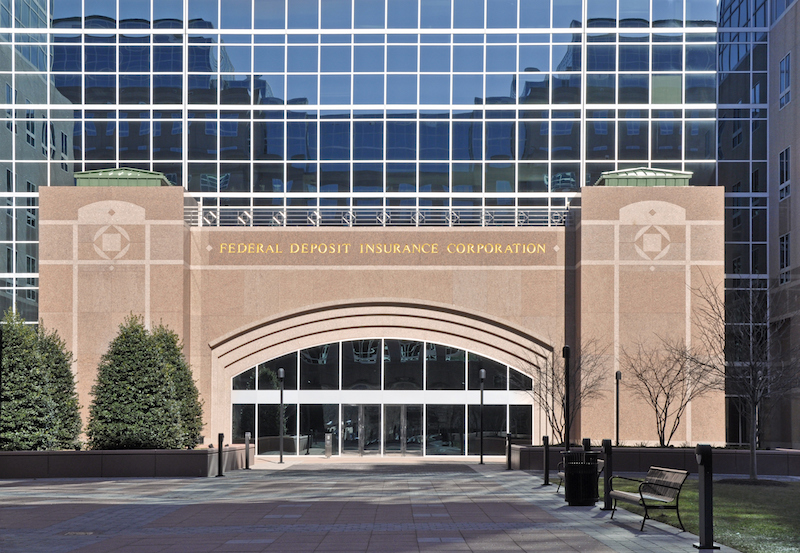
The period within which securities transactions must settle is likely to shrink to match SEC rule change.
Imagine going to the grocery store: You pick out what you want; you pay; and you are finished, groceries in hand, and on your way home. Sounds simple enough. Not all purchases, though, can be completed so seamlessly. For example, until a recent rule change, it could take as long as three days to have your money in hand after selling a financial instrument known as a security.
But recently, federal financial regulators issued a notice of proposed rulemaking seeking to shorten the period in which the final exchange of money and securities must be completed from three days to two.
The proposed change from the so-called T+3 rule—that is, the trade must be settled within three days of the trade date—to a T+2 rule is intended to reduce the risk inherent in securities trading. All money exchanged during the settlement period is frozen. Thus, a shorter settlement cycle allows sellers quicker access to their proceeds, which would minimize the possibility that one of the parties will default or be unable to meet their short-term financial needs, resulting in less risk to the financial system as a whole.
The U.S. Securities and Exchange Commission (SEC) issued a final rule in March mandating that all broker-dealers—firms that buy and sell securities both for their clients and on their own—settle trades within two days. The SEC, however, is not the primary regulator of banks, which also trade securities; instead, the Office of the Comptroller of the Currency (OCC) and the Federal Deposit Insurance Corporation (FDIC) have responsibility for regulating banks. As a result, even though the OCC and the FDIC believe that the banks they oversee already settle many securities transactions within two days, the agencies proposed their own rule to guarantee compliance.
Many other countries with active capital markets already require trades to be settled within two days, and the full move in the United States to T+2 is likely to cement T+2 as an international standard. The European Union made the switch in 2014, Canada did earlier this year, and a number of other major stock trading centers—including Australia and Hong Kong—have made the change as well. Japan, the site of the world’s fourth largest stock exchange, is also publicly considering a move from T+3 to T+2.
The American settlement period has gradually shrunk over the course of the past several decades. In response to several disruptions to the stock market, the SEC reduced the settlement period from five days to three in 1995, an action the FDIC followed two years later. Even with that change, regulators, industry groups, and others have been active in trying to achieve fully automated same-day settlement, generally referred to as straight-through processing.
Although the SEC and industry groups have been publicly mulling over shortening the settlement period since the turn of the millennium, the concerted push that led to the SEC, FDIC, and OCC’s rules began with a 2012 study commissioned by the Depository Trust and Clearing Corporation, a company responsible for settling trillions of trades a year.
After the report’s release, a number of securities industry groups banded together with DTCC to form a group known as the Industry Steering Committee. The Industry Steering Committee has since produced a steady stream of research and advocacy trumpeting the benefits of T+2, such as reduced risk and cost reductions stemming from having to hold securities for a shorter period of time.
Even though public reaction to the change to T+2 has been positive, many securities industry watchers still want the settlement cycle to be even shorter. SEC Commissioner Kara Stein reportedly said, “while the move to a T+2 standard settlement cycle is an improvement from the current T+3 standard, more can and should be done” to shrink the settlement cycle to a single day or shorter. Stein noted that the communications and operational technologies necessary for same-day settlement already exist.
Indeed, for certain trades, China has already made the move to T+0—or same day trade settlement. Several U.S. start-ups are working on technology meant to take advantage of so-called distributed ledger or blockchain technology—a decentralized network of databases where all participants simultaneously maintain identical records—to settle trades instantaneously. Beyond that, a multinational group of large banks has banded together to create what they call a utility settlement coin, which is intended to allow for trade settlement on the blockchain. Several other major banks are also at work on their own projects to settle transactions digitally.
The Financial Industry Regulatory Authority, a broker-dealer self-regulatory organization, has cautioned that such a move would not necessarily be prudent. It says that a move to blockchain-style technology could create significant questions about data security and user privacy.
The period to comment on the OCC and FDIC’s proposed rule closed on October 11.



